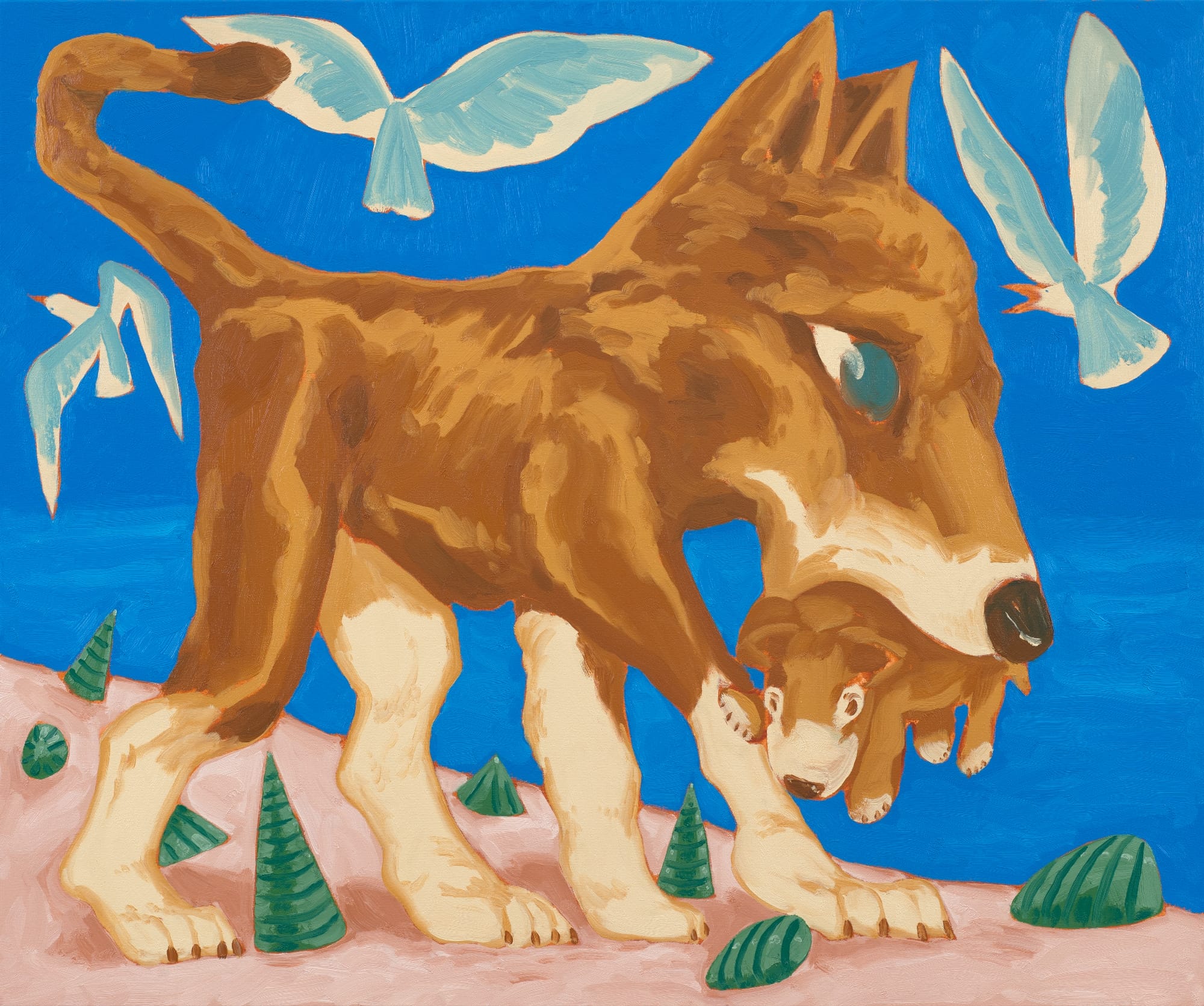This post was originally published on Colossal
Now based in London, David Surman was raised in a small coastal village in southwest England. The bucolic scenery and access to animals left an indelible impact on the artist, who plumbs his memory and draws on a vast array of art historical references in his paintings.
Surman’s most recent body of work is on view in his solo exhibition at Rebecca Hassock Art Gallery. In comparison to previous collections, After the Flood is less abstract but similarly gestural, as sweeping brushstrokes delineate a bull’s sinewed musculature or the curled mane of a bashful horse.

Interested in the ways we project our experiences and ideologies onto the natural world, Surman renders recognizable subjects in a manner that reflects our tendency to ascribe human emotion and feeling to other species. “I like painting animals because they short-circuit people’s interpretive routines and get them looking at paint without the self-consciousness they might bring to abstract painting,” he said in a 2023 interview, adding:
The creatures that I paint are caught up in our human problem, which is the separation from the world caused by consciousness. The way in which my animals look at the viewer deliberately sets up a feeling of intensity, perhaps troubled engagement, a kind of accusation or affection. But in every case, the creature possesses a trace or residue of conscious agency.
In “Old Stew Head,” for example, viewers encounter a deeply troubled fox grasping a limp fish in its jaws. The dog in “Bathers At K’gari” is similarly anxious as it carries a young pup under a bright blue sky.
After the Flood continues in London through March 29. Find more from the artist on his website and Instagram.







Do stories and artists like this matter to you? Become a Colossal Member today and support independent arts publishing for as little as $7 per month. The article David Surman’s Gestural Paintings Question How We Understand Animal Emotion appeared first on Colossal.





0 Comments